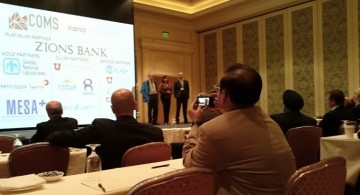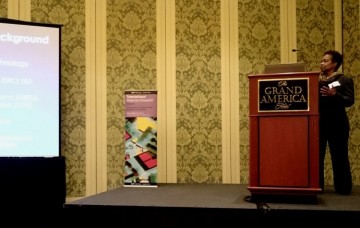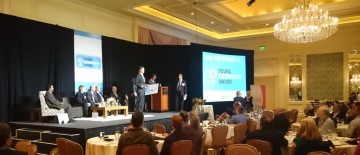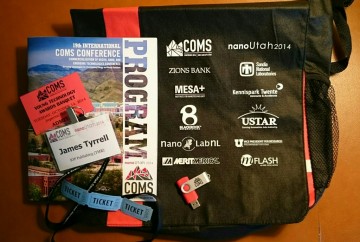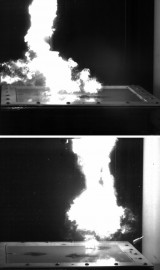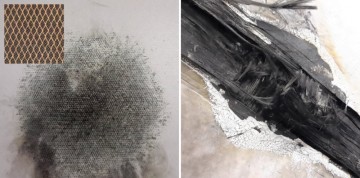One of the highlights of the launch of Translational Materials Research (TMR) has been the opportunity to discuss the journey from lab to market in detail with the journal’s Editorial Board through a series of exclusive interviews.
Here are five key takeaways from the conversation so far –
Invest in fundamental research
“[When I started the Quantum Science Research Initiative] I wanted to have something big that would grab people’s attention and get them to understand that long term fundamental research can be a valuable corporate strategic asset,” revealed Stan Williams, Senior Fellow and VP of Foundational Technologies at Hewlett Packard Labs. “A lot of companies are now realizing that they have to invest more in innovation, and invest more broadly as a means of risk reduction.”
Build on a solid understanding
“Regardless of what you choose to do in the future, first you need to be the best scientist or engineer you can,” advised Zhenan Bao, Professor of Chemical Engineering and Materials Science at Stanford University, and co-founder of tech start-up C3-Nano. “You need to have a solid fundamental understanding that you can build on to develop the skills needed for solving problems, especially complex problems, as this will serve you well if you choose to start your own research group or technology company.”
Go large
“Having a well-defined big problem gives you a strategy to attack it. Of course, it branches as time goes on, but that strategy provokes a whole set of things that you need to do in order to reach your goal, and there can be unexpected pay-offs,” said Peter Littlewood, Director of Argonne National Lab.
Take a broad view
“One of the things that we do already is to look beyond the science problems and imagine what the system would look like,” Littlewood continued. “Could we build it? How heavy would it be? This is what we call ‘techno-economic modelling’, and we do this as part of the whole programme, which can mean that you decide to back-pedal on some of your initial ideas.”
Manage your ideas well
“You need an organizational structure with ‘low interfacial resistance’, which allows ideas to go from science to product development, and for people to move from one department or area to another,” commented Om Nalamasu, Chief Technology Officer of Applied Materials.
For much more on all of these and other key topics related to the translation of materials research into robust products and devices, visit issues #1 and #2 of the journal, which are now both live on IOPscience.
And don’t forget that you can receive TMR+ news alerts by joining our mailing list. It’s easy to sign up, just look for the “subscribe to email alerts” box on the journal’s companion blog, TMR+.
Related articles from the journal Translational Materials Research (TMR) –
An interview with board member R. Stanley Williams
An interview with board member Zhenan Bao
An interview with board member Peter Littlewood
An interview with board member Om Nalamasu

